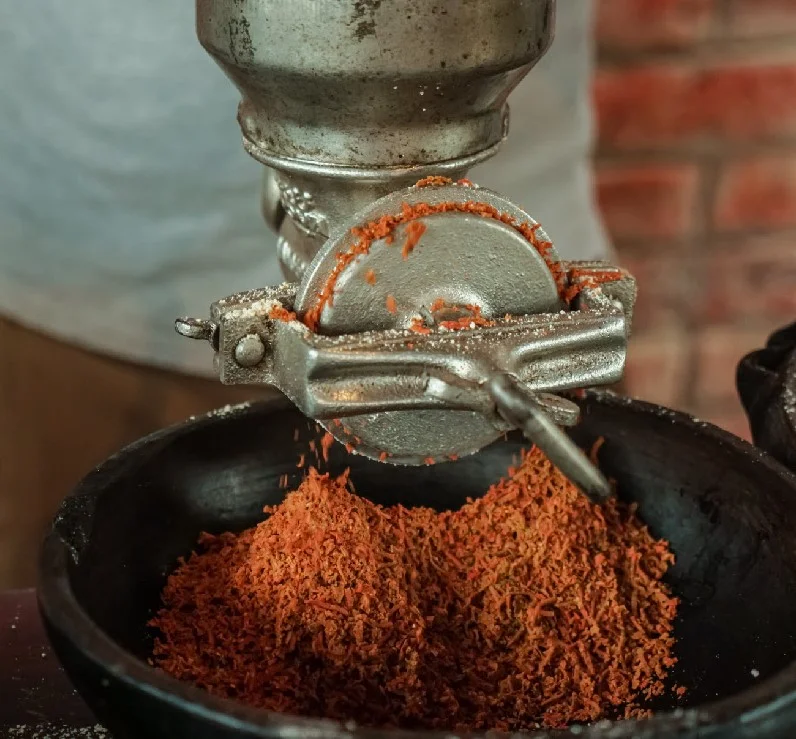
Ancestral Cuisine: Manabí’s Iconic Salprieta | Travel Blog
Sal prieta (dark salt) is probably the single most emblematic dish in Manabí, a coastal province in Ecuador. The main Ingredients of Salprieta are corn an peanuts, two native products, which were grown in Manabí 7,600 years ago, accoridng to data from the Ministry of Culture and Heritage of Ecuador.
The Perfect Complement
The versatility of sal prieta makes it part of the daily diet of Manabitans, who enjoy it with grilled green or sweet plantain and criollo cheese.
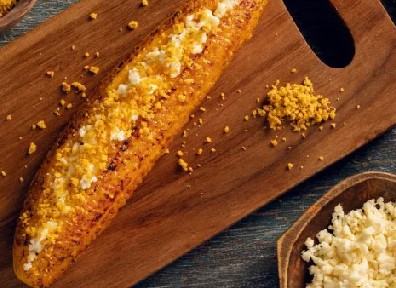
Native Ingredients
There is no exact or single way of making salprieta, there are many variations as creativity plays with local cuisine, but the most common one includes roasted yellow corn, roasted peanuts, and local products including chillangua, achiote and cumin.
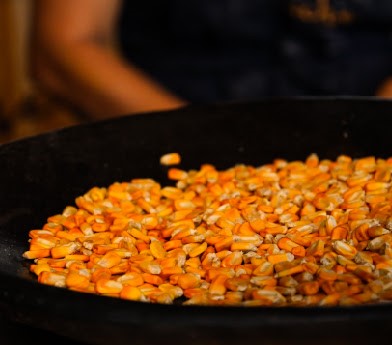
A Singular Preparation
All the ingredients are manually grinded together several times, until a thin, dark brown salt or spices is obtained. In fact, grandmothers in the countryside will say that sal´rieta must be grinded at least five times to be a good one.
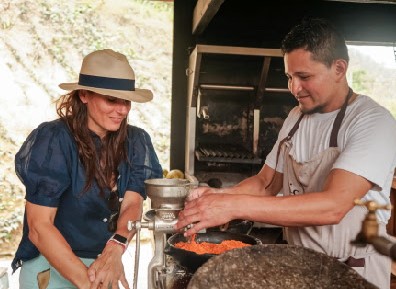
Heritage Cuisine
Millenary recipes in this land are not something that you find in a book. Recipes are part of the spoken inheritance that passes from generation to generation, with grandmothers becoming teachers of the younger ones very early on. In local culture, the kitchen, and specifically the Manabitan wood fire oven, is the epicenter of all family events and relations, where stories, secrets, and memories are often shared among the women of a household.
In Manabí food is not there only to nourish, but it is part of the local collective identity.
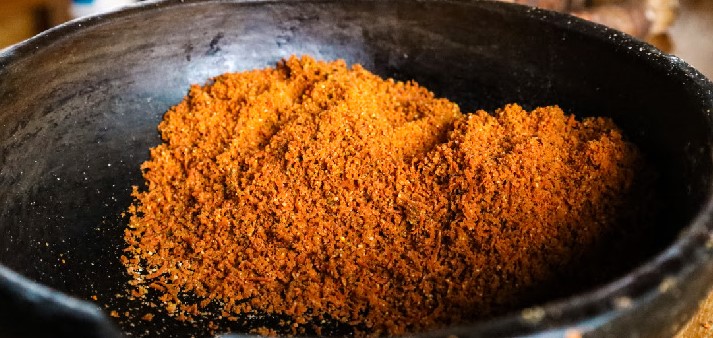
Check Our Suggested Tours:


